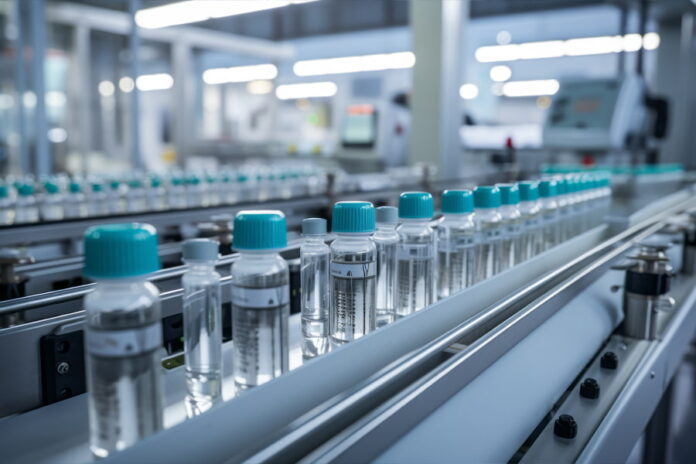Amid the cool capital markets climate, the recent surge in billion-dollar M&A deals involving overseas biomedical companies acquiring smaller Chinese counterparts have paved a path for early investors of China enterprises to make returns.
Since last year, the mainland has seen large-scale cross-border biomedical M&A transactions involving pharmaceutical giants, including AstraZeneca and Novartis.
In December 2023, Anglo-Swedish pharma giant AstraZeneca signed an agreement to acquire China-based Gracell Biotechnologies for USD1.2 billion. This M&A deal, finalised in February this year, made Gracell the first Chinese biotech company to be wholly owned by a foreign enterprise.
Other significant deals included Swiss-based Novartis acquiring the three-year old SanReno Therapeutics, NYSE-listed Nuvation Bio buying AnHeart Therapeutics, and Demark-based Genmab purchasing ProfoundBio for USD1.8 billion – the biggest biotech acquisitions in the first four months of this year.


Josh Shin, a Fangda partner advising AnHeart Therapeutics on PRC law, said the wave of M&A transactions was the continuation of a trend that began in 2021 when mainland pharmaceutical firms recorded a strong year of investment. At that time, Chinese companies with high valuations received investments from the PE/VC sector.
“From an investor’s point of view, they demand a payback period. Amid the current challenging IPO market, it is only natural they have a high acceptance rate on making returns through M&A deals,” Shin said.
Shin expects that more pharmaceutical companies will address investors’ liquidity concerns through M&A deals, but time is needed to see whether this will become a lasting trend.


Xu Qian, general counsel at BGI Genomics, said acquiring Chinese pharmaceutical companies was a quick route for foreign enterprises to obtain innovative products and break into the China market.
Xu added the recent launch of central government policies had created a good external environment for businesses to promote innovative and international collaborations.
Although there has been demand for Chinese biomedical companies, Zhong Lun Law Firm’s equity partner Gong Lefan said only a few M&A transactions were successful and there was a scarcity of prime assets.
“As a company’s profitability holds an increasingly heavier weight during valuation, the supply of high-quality assets available for acquisition is lower than buyer expectations,” Gong said.


Foreign enterprises consider whether mainland companies owned any innovative products or were equipped with professional skills when exploring acquisition targets, Gong added. He expects larger deals will only occur when the biomedical sector warms up, and more cash becomes available.
In the current market environment, Chinese innovative drug companies with good potential acquirers should seize the opportunity and follow the trend, said Gong.
The recent large-scale M&A transactions showed that China’s biomedical companies have caught investors’ attention, and lawyers noted that such transactions were complex.
Ruomu Li, a partner at Cooley, said that when she advised ProfoundBio on its USD1.8 billion deal with Genmab, one of the most important factors was to help the overseas buyer understand the Chinese company’s actual situation and the risks.


Li added that a thorough understanding of these factors helped Genmab to complete its legal due diligence quickly, so both parties could discuss more important issues during the negotiations, and this sped up the transaction process.
Aside from regular legal due diligence, Shin from Fangda said companies also must conduct “freedom to operate” analysis as part of IP due diligence.
He said the FTO analysis was an investigation on whether skills implemented in the company might infringe any existing patents owned by others, and it helped to prevent a transaction from failing.
Shin added the core of biomedical M&A transactions was the arrangement of pipeline assets, which included tidying up, internal restructuring, and transferring or obtaining licences.
“If transactions cannot be completed in one go, special arrangements will have to be made for the pipeline assets’ R&D and business operations during the transition period. This will heavily increase the complexity of the transaction,” Shin said.
Untill mid-2023, US-based financing advisory firm SRS Acquiom found that disputes occurred in nearly 30% of the 211 life sciences M&A deals it had studied involving at least one milestone.
It also found that 71% of the 383 M&A cases it studied had clauses on earn-out payments, and this percentage is higher compared to other sectors, which stood at 21%.
Gong said legal advisers must be specialists in formulating earn-out clauses to prevent disputes in M&A transactions, and they must be skilled in handling post-settlement obligations and management rights, as well as vetting professional clauses.



